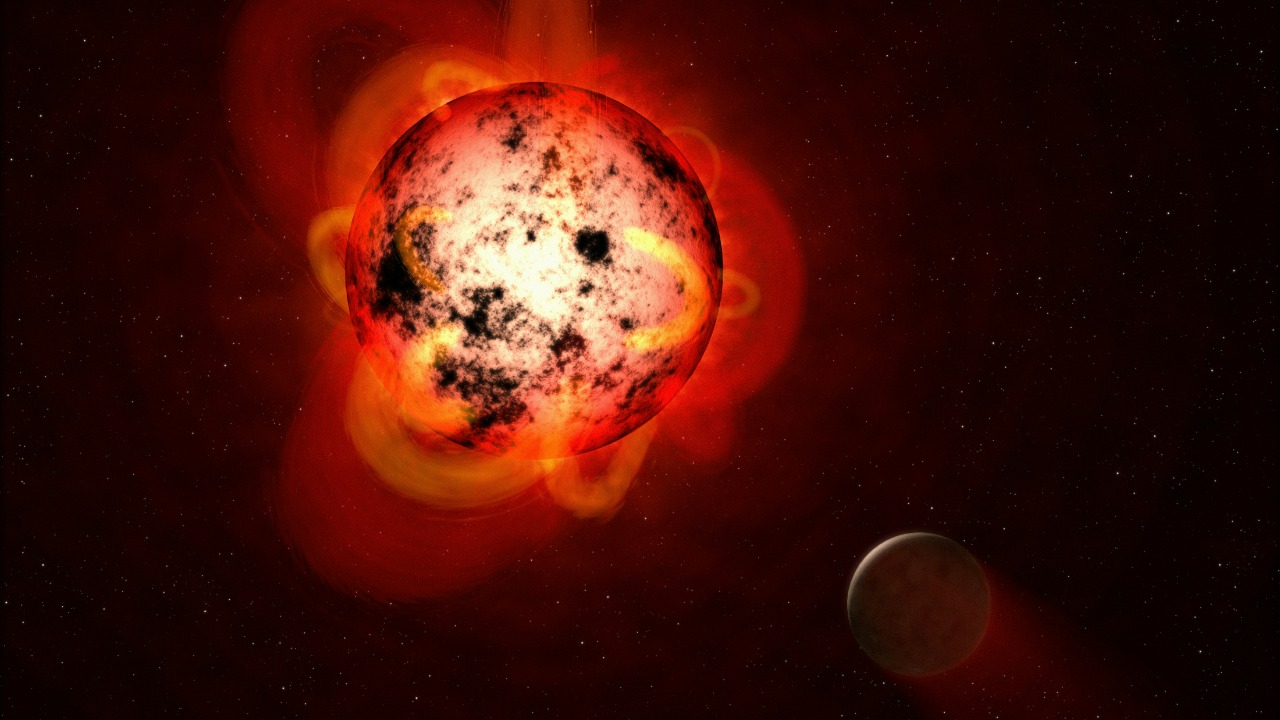
Scientists are leveraging the precise timing of spinning dead stars, known as pulsars, to detect subtle ripples in the fabric of spacetime caused by gravitational waves from distant cosmic events. Recent advancements highlight how irregularities, or “space mountains,” on these compact remnants of exploded stars could continuously emit detectable gravitational waves, offering a new pathway to probe the universe’s most violent phenomena. This approach builds on pulsar timing arrays that monitor millisecond pulsars for tiny deviations in their rotation signals.
Spinning Dead Stars: Pulsars and Neutron Stars
Pulsars are rapidly rotating neutron stars, the ultra-dense cores left after massive stars explode as supernovae. These remnants spin at incredible rates, sometimes hundreds of times per second, and possess magnetic fields that beam radiation like cosmic lighthouses. This unique characteristic makes them ideal for studying cosmic phenomena. According to Space.com, their extreme spin rates and magnetic fields are crucial for their role in detecting gravitational waves.
Astronomers utilize pulsar timing arrays, which are networks of precisely monitored pulsars, to measure the arrival times of radio pulses with nanosecond accuracy. This method effectively turns the galaxy into a large-scale interferometer, capable of detecting the influences of gravitational waves. As noted by Cosmos Magazine, these arrays serve as a galactic-scale tool for observing the minute timing shifts caused by gravitational waves.
Examples of observed pulsars, such as those located in the Milky Way’s globular clusters, provide stable clocks for spacetime measurements. These pulsars are instrumental in the ongoing efforts to map the gravitational wave background, as highlighted by ScienceBlog. Their consistent signals allow scientists to detect even the slightest deviations caused by passing gravitational waves.
Gravitational Waves: Detecting Ripples in Spacetime
Gravitational waves are distortions in spacetime predicted by Einstein’s general relativity, generated by accelerating massive objects like merging black holes or neutron stars. These waves propagate as ripples across the universe, offering a new way to observe cosmic events. The theoretical foundation of gravitational waves is well-established, and their detection has become a major focus of astrophysical research, as detailed by Cosmos Magazine.
Beyond LIGO’s direct laser interferometry, indirect pulsar-based techniques reveal low-frequency waves from supermassive black hole binaries through cumulative timing shifts in pulsar signals. This method provides a complementary approach to gravitational wave detection, expanding the range of observable phenomena. As reported by Space.com, these techniques enhance our ability to detect gravitational waves that are otherwise difficult to observe.
The significance of recent detections, such as the 2023 NANOGrav collaboration’s evidence for a gravitational wave background, underscores the potential of pulsar timing arrays. These findings suggest that spinning dead stars can significantly enhance sensitivity to universe-spanning signals, offering new insights into the cosmos, as highlighted by Cosmos Magazine.
Space Mountains: Imperfections on Dead Stars
“Space mountains” are non-axisymmetric bulges or deformations on neutron star surfaces, potentially arising from internal magnetic stresses or crust fractures. These imperfections cause the star to wobble and emit continuous gravitational waves. According to ScienceBlog, these irregularities could be key to understanding the continuous emission of gravitational waves from neutron stars.
These deformations, estimated to be kilometers tall on stars just 20 kilometers across, can be probed using X-ray observations from telescopes like NICER. These observations help measure oblateness and spin-down rates, providing crucial data for understanding neutron star structures. Space.com notes that these measurements are vital for confirming the presence of space mountains.
Detection challenges include the need for ultra-precise spin measurements and potential links to asteroseismology for mapping internal structures. These challenges highlight the complexity of studying neutron stars and the importance of advanced observational techniques, as discussed by ScienceBlog.
Advancements in Pulsar Timing for Wave Detection
Ongoing projects like the International Pulsar Timing Array (IPTA) combine data from global radio telescopes to search for correlated timing residuals indicative of gravitational waves from cosmic sources. This collaborative effort enhances the sensitivity and accuracy of gravitational wave detection, as reported by Cosmos Magazine.
Spinning dead stars enable the hunt for a stochastic gravitational wave background, with recent analyses suggesting “space mountains” as viable emitters of detectable ripples. These findings, reported on January 13, 2025, by ScienceBlog, highlight the potential of neutron stars in advancing our understanding of gravitational waves.
Future prospects include upgrades to arrays like MeerKAT and SKA, which aim to improve sensitivity and confirm signals reported in October 2025. These advancements will play a crucial role in the ongoing search for pulsar-based spacetime ripple hunts, as detailed by Space.com. The continuous improvement of these technologies promises to unlock new insights into the universe’s most enigmatic phenomena.